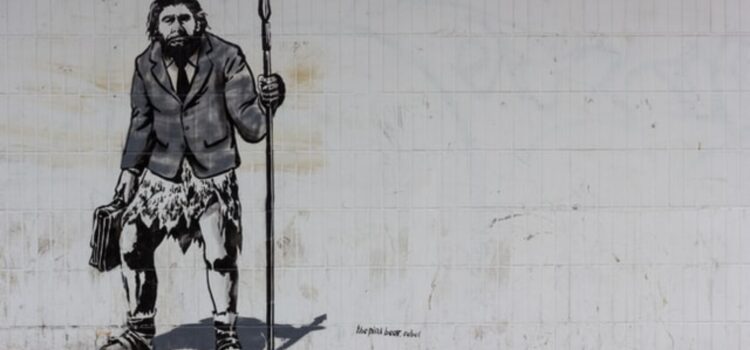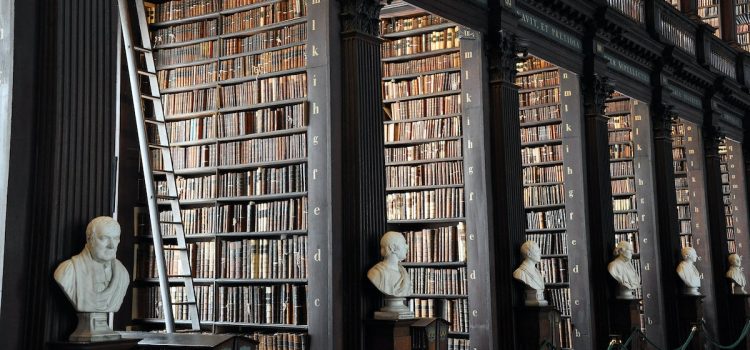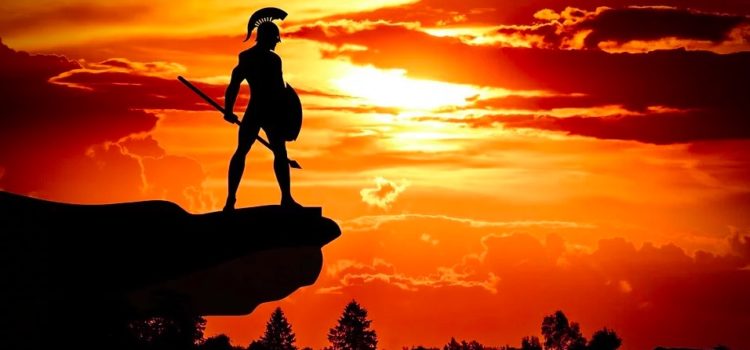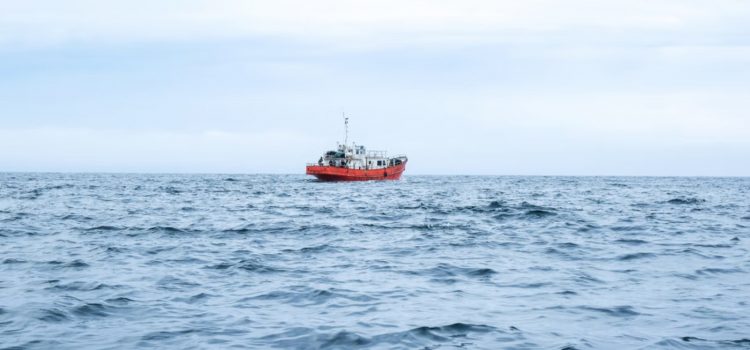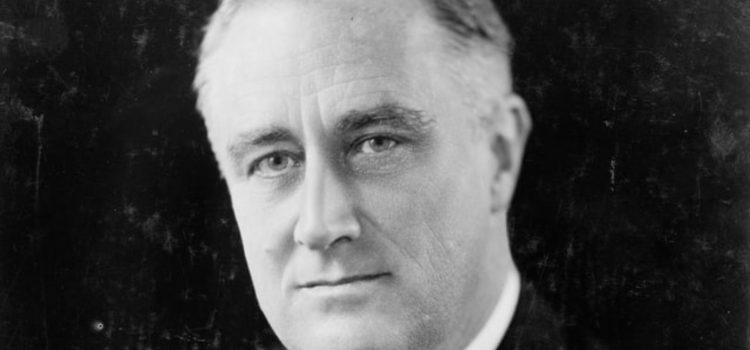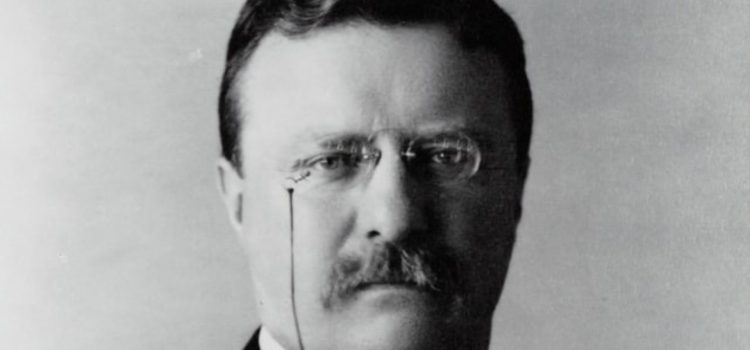What is the Killer Ape Theory? Are humans violent by nature? According to the Killer Ape Theory, aggression and violence are what propelled human evolution, distinguishing our ancestors from other primates. The theory gained notoriety for suggesting that humans were aggressive by nature. However, not all scientists are unanimous in this opinion. According to Rutger Bregman, the author of Humankind, more recent evidence suggests that human nature is peaceful and cooperative. Here’s why the Killer Ape Theory is moot, according to Bregman.
The Killer Ape Theory: Are Humans Violent by Nature?
